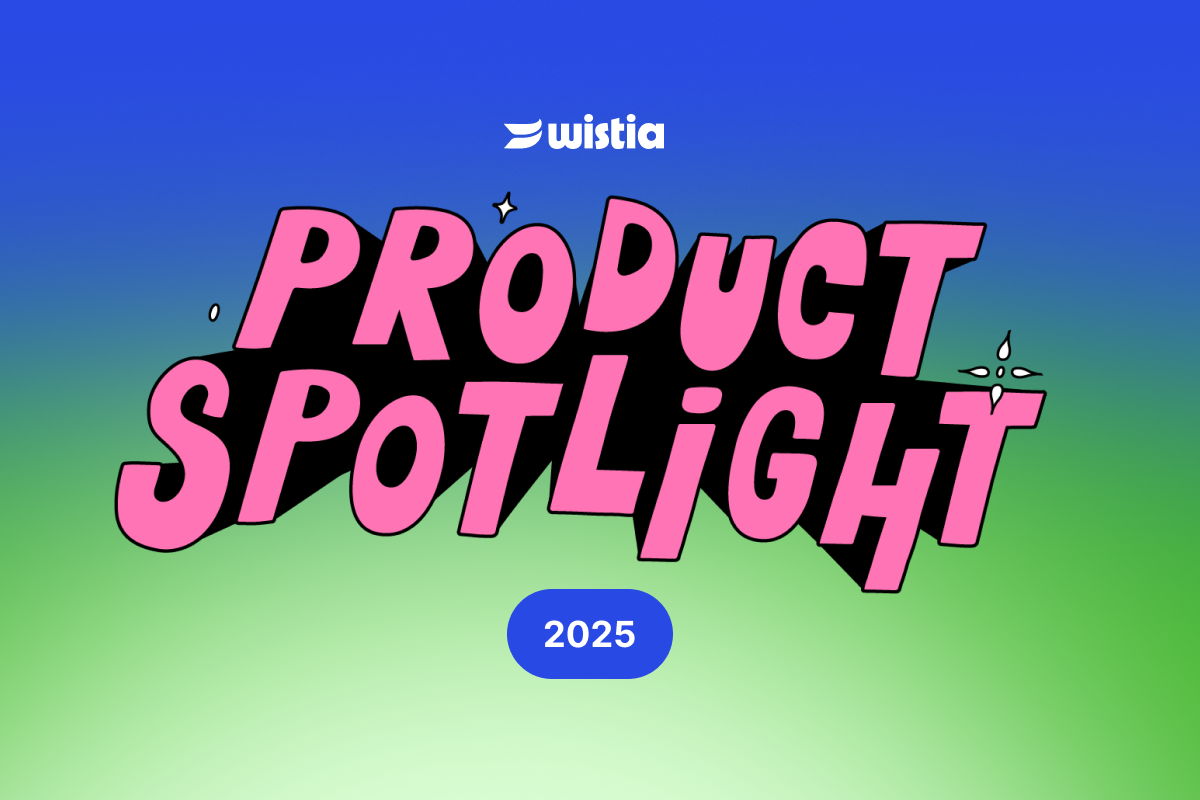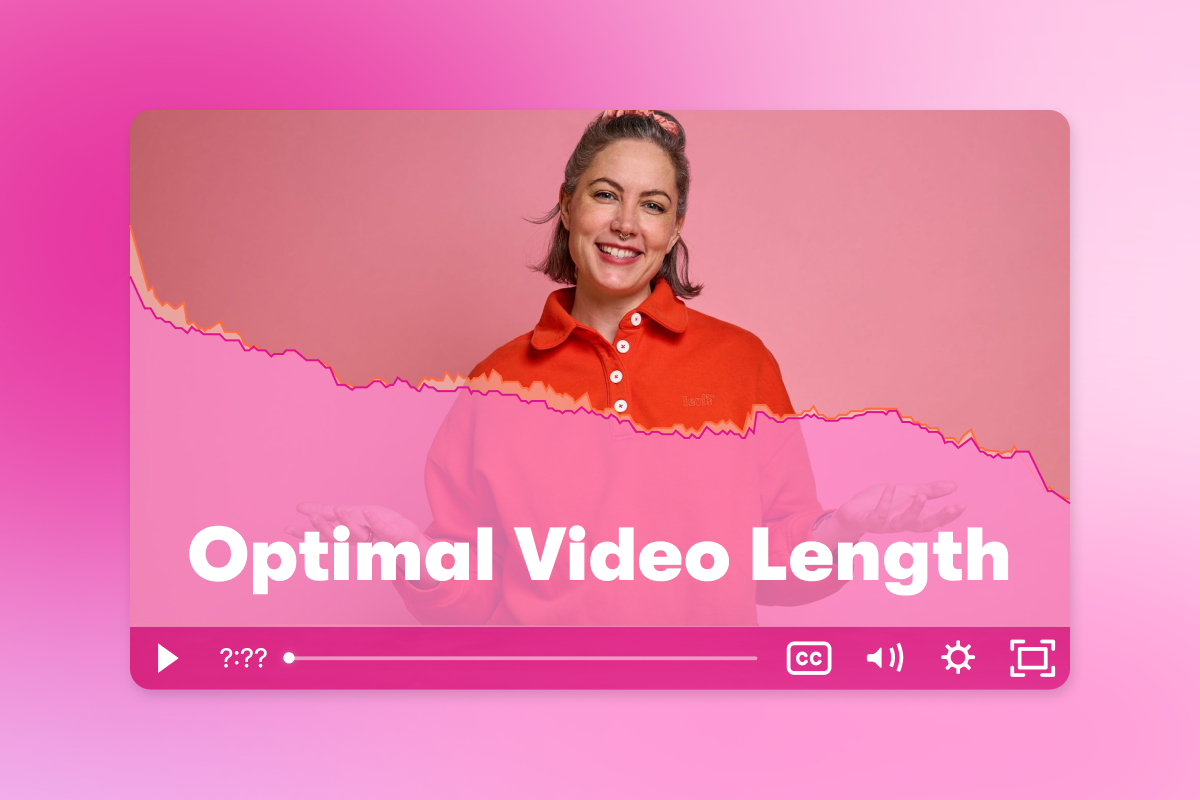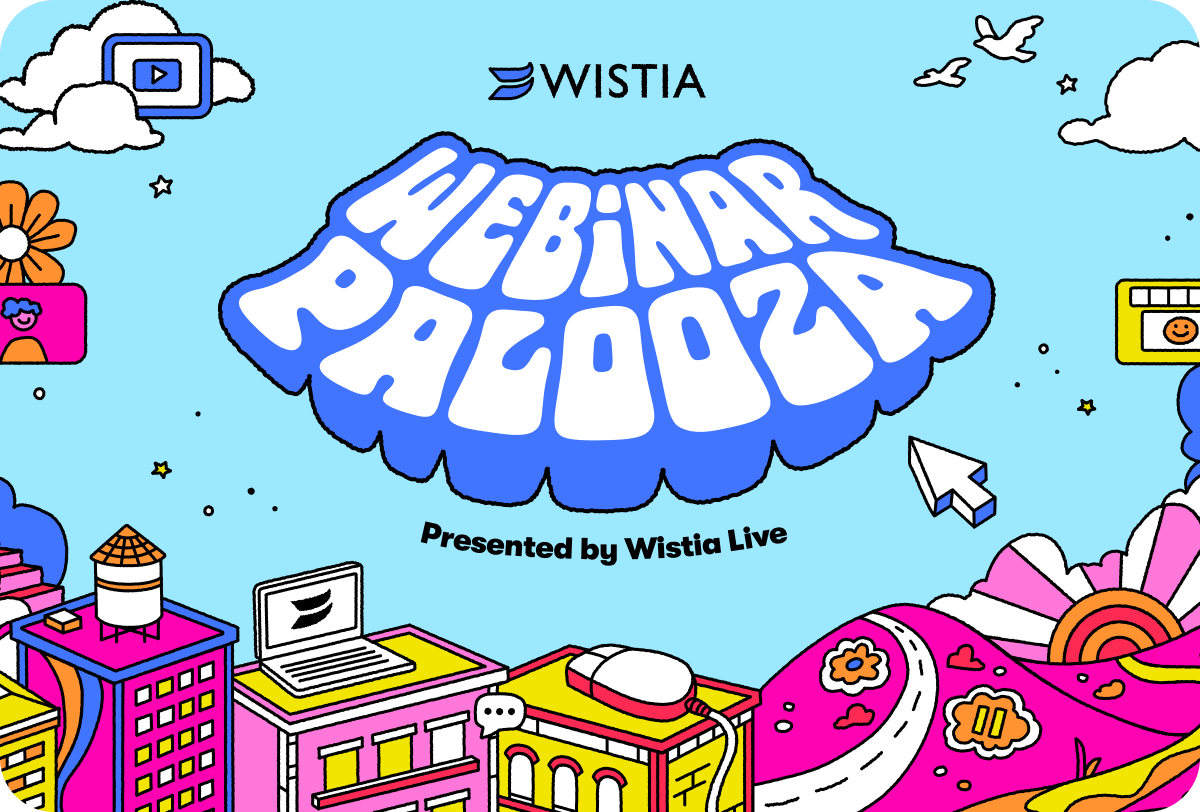Slimy Marketing Can Hurt Your Business. Learn How to Avoid It.
February 16, 2017
Topic tags
When marketers are evaluated by how many leads they bring in, some are willing to take any measure to up their conversion rates. Instead of focusing on giving value to their customers, they become fixated on adding 0.001% extra onto their conversion rates. 10x or bust.
With such an oversaturated market, focusing solely on conversion rates is a dangerous path.
Gating videos shouldn’t be your default
In our Guide to Generating Leads with Turnstile and Video, we took a look at how enabling the “skip” feature on Turnstiles affected conversion rate. We found that while 78.9% of customers are letting viewers “skip” the Turnstile entirely, conversion rates were actually higher when viewers weren’t allowed to skip. This is unsurprising. If people can’t skip the turnstile, they either have to enter their email or never watch/finish the video. Ergo, increased conversion rates and one happy marketer. But happy marketers does not necessarily happy customers make.
By denying the ability to skip, you’re optimizing for conversions rather than optimizing for the key to long-term success: customers who trust and like you. While not allowing skip may lead to a higher conversion rate, ultimately you’re sacrificing something much more important — your viewer’s impression of your company.
Slapping mandatory Turnstiles onto every video you make falls into the category of what we consider “slimy marketing.” Slimy marketing = sacrificing your audience’s impression of you for the sake of higher conversion rates.
The worst part is, marketers are never trying to be slimy. They’re just moving quickly and hoping to improve their numbers. We’ve all been there.
While slimy marketing practices may deliver short-term payoffs, there are many reasons why slimy marketing will come back to bite you in the end. So how can you know if you’re being a “slimy marketer,” and what can you do instead? We’ll break down a few examples of slimy marketing tactics, talk about why they’re dangerous, and offer some less slimy alternatives.
“While slimy marketing practices may deliver short-term payoffs, there are many reasons why slimy marketing will come back to bite you in the end.”
Nobody likes loud popovers
You’ve seen it before. You land on a website, and the moment you move your mouse one pixel, a giant curtain descends from the top asking you to sign up for “The Best Email List Ever!”
In a study conducted by Dan Zarella, formerly at HubSpot, email popovers led to a minor increase in bounce rates, but also a much larger increase in subscription rate.
That bump to 3.08% might seem tempting, but it goes back to optimizing for the wrong thing: subscriptions over value. The subscription rate may well increase, but probably so does the deleted without ever, ever opening rate. If you opt to use a popover to gain more subscribers, keep a close eye on your newsletter’s open rate and unsubscribe rate.
“The subscription rate may well increase, but probably so does the deleted without ever, ever opening rate.”
The popover problem is compounded by the ludicrous options when readers go to look for the “No” option. Often, these buttons are accompanied with a snarky phrase like, “No, I’m happy with my conversion rate” or “No thanks, my email list is long enough.” Here are a few great examples:
Source: Copy Hackers
Source: VWO
Source: Neuromarketing
Source: WSOL
You got me. My health means nothing to me.
The majority of people who sign up via these kinds of popups do so because they aren’t happy with their conversion rates or their email list isn’t long enough. Once that momentary guilt wears off, they’ll likely unsubscribe to your emails (or never open them).
So, what should you be doing instead? Is there a place for popovers in marketing? Perhaps you’ve got a unique use case in mind where a popover makes sense, but we think there are better options out there.
Popover’s tactful cousin: call to action (CTA)
Instead of popovers, use CTAs. On Wistia’s website, we’ve got sidebar CTAs, ending CTAs, inline CTAs — all ready and waiting for interested visitors. CTAs provide great conversion opportunities, without being as obstructive or disruptive as popover.
CTAs can be used to collect important information about your readers without being intrusive. In our own CTAs on the blog, we ask about what topics interest the reader. That way we can tailor the emails we send to their interests, rather than spamming them with every new release.
“CTAs can be used to collect important information about your readers without being intrusive.”
We believe that thousands of interested subscribers who’ve willingly chosen to receive our content are far more valuable to your business than a potentially larger group of people guilted into signing up by a loud popover.
Besides our newsletter CTAs, we sometimes use inline CTAs to offer readers a chance to download PDF versions of larger pieces of content. None of the actual content is gated — they can just scroll down to continue reading — we’re simply offering them an alternative option if they so choose.
We’re big fans of offering valuable content for free. We think it’s a great way to combat those slimy marketing vibes. Which brings us to our next section.
Open the gate: give it away for free
Before we hate on the gate, it’s worth mentioning that gating content can have a lot of benefits. It can add emails to your subscription list, give you demographic information about your visitors, and help you determine what type of content is most effective for your business. All that being true, you should be very selective about the things you _do_ gate.
Take the live chat tool, Drift, for example. In August 2016, Drift decided to make all of their content free. While that may sound crazy, the results were even crazier. Everyone loved it.
They got over 1,600 views on Inbound in a week, and they saw tons of emails and tweets about how much people respected their decision. Interaction in the comments spiked because readers realized that Drift viewed their customers as people, rather than leads.
Not everyone can make such a drastic choice and still keep their business running. We’ll admit, we do gate some of our content — in particular, our 5-day Video Marketing Email Course. But we made that choice because we view this content to be highly valuable, and that’s the key here. Same goes for this after-effects template that helps software companies make more polished screencasts for their product videos — all without a camera. We were confident that this asset would be hugely valuable for our target audience, and sure enough, the ongoing shares, traffic, and yes, signups, suggest our hunch was correct.
Sign-up forms should be reasonable
So let’s assume you have some very valuable content hidden behind a gate and you’ve led your reader to the lead gen form. Or you’ve convinced your reader with a strong value proposition, and they’ve clicked through to your free trial sign-up form. But when they get there, they’re presented with a ridiculously long form with questions asking everything from their email to what direction their desk faces in their office.
We get it. This is your chance to collect valuable user information, and you want to make sure you get as much as possible to best serve your new leads. But as HubSpot found, as the number of form fields increased, the conversion rate decreased.
In particular, when the number of multi-line text entries (Textareas) and drop-down select boxes (Select Boxes) increased, the conversion rate decreased significantly.
So does this mean you shouldn’t be asking important demographic questions in your sign-up forms? Not exactly, but you should be smart about how you present the questions.
What should sign-up forms look like?
This.
Segment, a customer data platform, integrates with Enrichment API Clearbit to get user information through an API rather than requiring leads to fill out a long form.
As soon as the customer fills out their email, the API will fill in the rest of the information. This makes sign up frictionless because customers simply have to verify that their information is correct.
In general with sign-up forms, simplicity is the best practice. Shorter surveys require less effort from the reader and create increased conversions.
“In general with sign-up forms, simplicity is the best practice.”
Longer surveys should be broken up into multiple pages. Form conversions have been shown to be significantly higher on multi-page rather than single page forms. Page breaks and progress bars make it easier for the reader to digest, and bigger fonts and larger head images make the forms seem less intimidating.
When designing your survey forms, there are also many design choices you can make to optimize them for conversions. They’re laid out nicely in this infographic by Unbounce, but we’ll summarize them here:
- Decrease the number of form fields. As the number of fields goes up, the conversion rate goes down. This is one of the main reasons Wistia’s Turnstile remains quite restrictive.
- Avoid drop down selection fields. These tend to have the lowest rate of conversion as the number of fields increases.
- Only ask for information that really matters. Asking for things like a phone number, which implies they might get a call, will decrease conversion rate. Even labeling those fields as “optional” can help your conversion rate.
- Find what “Submit” text works best for your users. Often the default “Submit” may seem intimidating. Changing it to something like “Click Here” or “Next” can make a significant difference.
- Keep questions in one column with labels above the field. These increase readability and decrease potential for confusion.
Quality over quantity
With the market reaching saturation and content set to increase to 600% by 2020, it’s time to shift your focus to what will keep your readers coming back for more: quality.
Humans have an attention span of eight-seconds. That’s shorter than a goldfish. If you can’t expect a goldfish to read through your long repetitive list of “The Top 200 Marketing Techniques Used by Top Sellers,” how can you expect your target readers to pay attention?
There’s no question that quality will win over quantity in the long run, every time. By focusing your efforts on providing content that is evergreen, informative, motivational, and influential, you can provide readers with a sense of fulfillment that inspires them to act on your advice.
“There’s no question that quality will win over quantity in the long run, every time.”
Respect your audience
Building a positive reputation with your audience and respecting their time and attention is what marketing should be about. Slimy marketing takes advantage of attention-grabbing tactics to generate leads regardless of any consequences. While this may give you a long email list in the short term, the likelihood that these customers churn out quicker is higher.
Focus on giving your customers access to valuable content and respect the time they are giving to your site and your product. By building up a positive rapport with any existing or incoming customer, they will be more likely to recommend you to their friends and help you organically grow your network.






